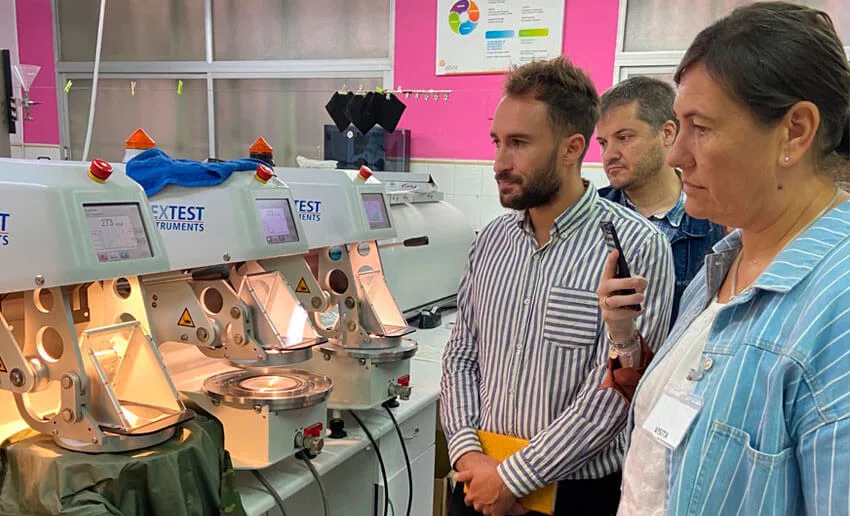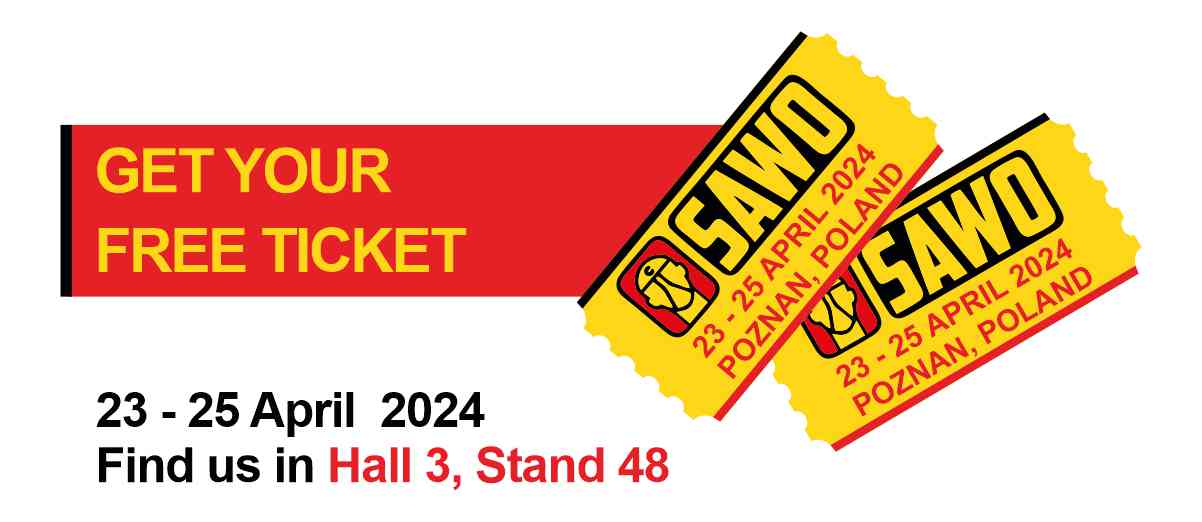
We supply fabrics and
reflective tapes to
workwear manufacturers
across 50 countries
polycotton fabric 240 gsm with high abrasion resistance
flame retardant fabric EN 13034
Unitec 240 and Poseidon 245
about reflective tape XM 6011
WE DEVELOP 70 FABRIC COLLECTIONS BASED ON THE REQUIREMENTS 1500 CUSTOMERS AND KEEP 650 SKUS IN OUR WAREHOUSES
→ You can order everything from a single European supplier without needing to request large volumes from multiple manufacturers or dealing with logistics


WE ASSESS THE QUALITY OF FABRICS IN OUR OWN LABORATORY
→ Your fabrics are tested for weight, colour, fastness, shrinkage, mechanical properties, water resistance and flame resistance regardless of the producer’s promises
OUR FABRICS ARE BACKED BY 300 CERTIFICATES
→ Certifying your workwear is easier, faster and cheaper

WE OFFER FAST, FREE DELIVERY FROM ANY OF OUR 4 WAREHOUSE LOCATIONS
→ Order the exact volume you require at any moment (Just-in-Time). No need to keep stocks or wait for deliveries!


WE GUARANTEE OUR QUALITY AND MONEY-BACK OPTION
→ You can return our fabrics if you find that they do not suit the colour or texture of your workwear within 14 days from receipt.
DEFERRED PAYMENTS
ARE AVAILABLE
→ Invest in the production without relying in loans to purchase fabrics

FACTS ABOUT US
1 583+
Clients across 50+ countries
10 000 000+
Metres of fabrics stored in our warehouses
4
New warehouses opened
20+
Years of building our company and reputation







